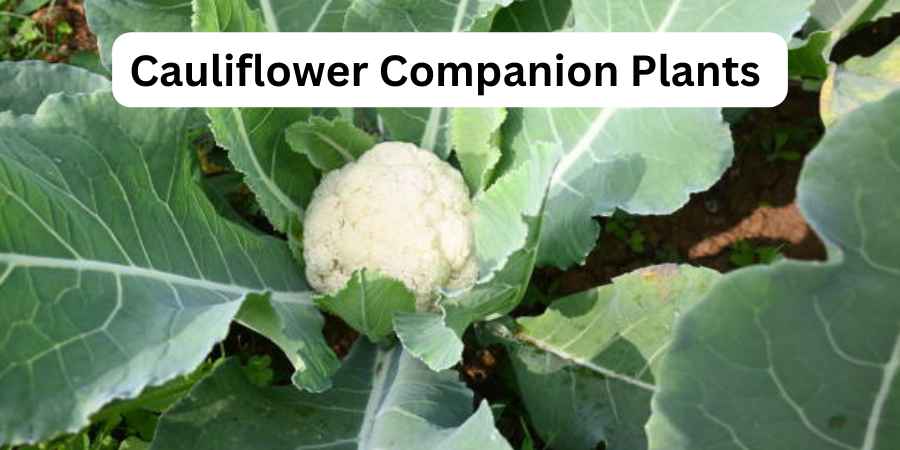Last Updated on June 2, 2025 by Jocelyn
Cauliflower is a nutritious, mild-flavored vegetable from the brassica family, which includes cabbage, broccoli, and Brussels sprouts.
It benefits from companion planting with crops like beets, celery, onions, spinach, and dill, which support growth and help manage pests.
Avoid planting it near strawberries, tomatoes, or pole beans, as these can compete for nutrients or attract harmful insects.
In home gardens, cauliflower forms compact clusters of dense florets when planted with helpful companions.
This method supports healthy development and can increase overall yields, making the garden more productive.
Many gardeners have seen better results by combining cauliflower with the right plants in the same growing space.
Table of Contents
ToggleThe Benefits of Companion Planting
Companion planting is an excellent strategy for a healthy and productive garden, ensuring that each plant grow by supporting one another in a shared space.
This practice of growing different plants together has a lot of benefits, especially for cauliflower.
| Benefit | Description |
| Improve soil health | Certain plants fix nitrogen into the soil, enriching it for others. |
| Increase yields | Diverse planting can lead to more productive crops. |
| Improve overall health and productivity | Cauliflower benefits from the presence of other plants. |
| Provide shade and wind | Companion plants can offer shade from the sun and protect |
| Support strong stems | Plants can help each other grow strong stems that resist bending and breaking easily. |
| Reduce competition for nutrients | Different plants need different nutrients, which reduces competition. |
| Utilize space efficiently | Planting crops like potatoes or beets can make use of the space below the surface. |
| Protect roots and tubers | Cauliflower leaves protect roots and tubers as they develop. |
| Fertilize as needed | Ensure plants get the nutrients they need by fertilizing throughout the growing season. |
Learn more about companion planting in my detailed guide:
Best Cauliflower Companion Plants
Growing cauliflower with the right companion plants makes your garden bed flourish. These companions attract beneficial insects that aid in pollination and enhance soil health, creating a healthy ecosystem.
1. Beets
Growing beets alongside cauliflower is a great idea. Their shallow roots can be used as mulch to enrich the soil. Both plants grow in rich, well-watered garden beds during the chilly autumn and spring weather.
Ensure beets are planted where they won’t be shaded by cauliflower’s massive greens. Both are low-growing and excellent partners in the garden.
Cauliflower and beets are among the first vegetables to be planted in spring, thriving and yielding well in magnesium-rich soil.
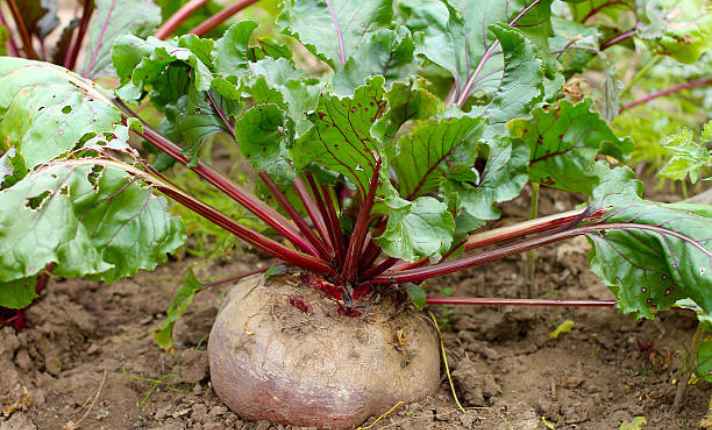
2. Celery
Celery is a great companion for cauliflower. Both need plenty of water, about 1-2 inches each week. Be careful not to let the soil get too dry. Celery helps keep harmful cabbage moths away from your crops.
These moths can damage plants quickly, so having celery plants nearby can keep them at bay. Celery also benefits other plants in the Brassica family.
The aromatic leaves of the celery plant prevent cabbage moths from invading the garden bed. This pest is a big problem for cauliflower as it eats the leaves and hurts the plant’s viability.
Growing celery near cauliflower can be very helpful.

3. Dill
Dill is a great companion for cauliflower. When you plant dill in gardens with cauliflower, it can attract beneficial insects like hoverflies and wasps. These critters help keep the insects that eat cauliflower away.
Dill also attracts pollinators, which help all the plants in your garden grow. When you plant dill in rows next to your cauliflower, it creates a natural barrier that protects your crop from aphids and other pests.
This way, your cauliflower can stay pest-free and healthy.
Planting dill in cool spring weather helps it grow easily. Its shallow root systems don’t compete for space or water with your cauliflower.
This combination helps reduce the population of harmful insects and predators in your garden.
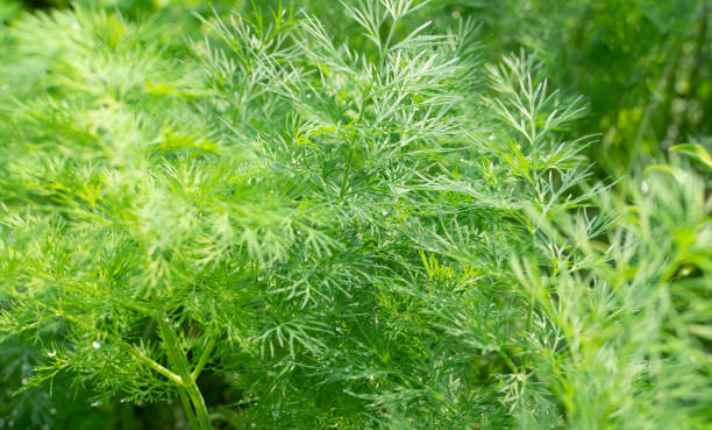
4. Onions
Planting onions near cauliflower is a smart idea because they can be planted snugly together without competing for space.
Onions have a strong scent that repels many pests like aphids, cabbage loopers, and even rabbits, which helps protect your cauliflower.
Additionally, the onion smell is great for attracting beneficial insects like ladybugs and lacewings, which are natural predators of harmful pests.
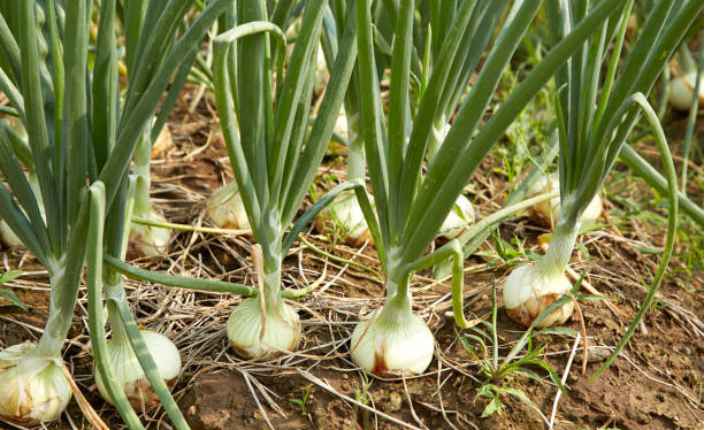
5. Nasturtium
When growing cauliflower, use Nasturtium as a companion plant to attract aphids and other pests away from your brassicas.
This plant acts as a trap crop and brings in beneficial insects like ladybugs, hoverflies, parasitic wasps, and lacewings that eat cabbage worms and whiteflies.
Nasturtium is easy to grow at the edge of annual beds or in containers and needs less water than other vegetable crops. It can also be grown in ornamental beds.
The leaves, flowers, and berries are edible and add a peppery flavor to salads and other dishes. Choose mounding or trailing-type nasturtiums based on your garden’s size.
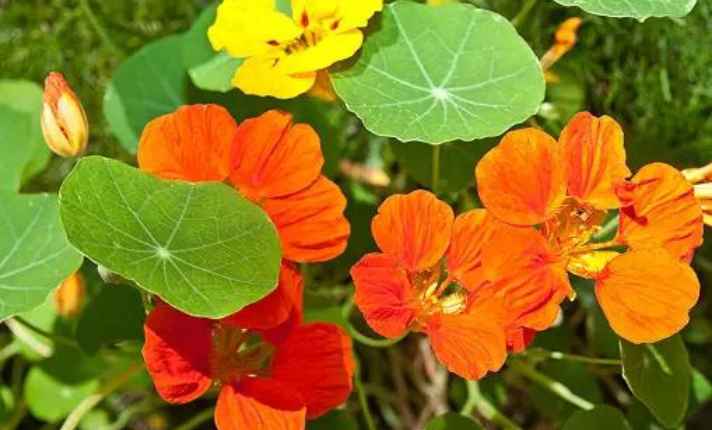
6. Sage
Sage helps keep pests like flea beetles, maggots, worms, moths, and loopers away. The strong scent of sage deters these destructive bugs, protecting your plants from being afflicted and left in tatters.
Plus, when sage blooms with its pretty purple flowers, it attracts beneficial pollinators like bees to your garden, boosting biodiversity and improving your harvests.
Sage enjoys dry conditions, making it a great companion for other herbs like rosemary.
Both herbs grow with less water and in well-drained soil. The culinary use of sage adds flavor to your dishes while also benefiting your brassicas by drawing in vital pollinators and creating a healthier garden environment.

7. Spinach
Spinach is a fantastic companion for cauliflower. In the spring, planting spinach can act as a mulch, helping to suppress weeds around your seedlings.
Both plants have shallow root systems and need enough space, water, and sunlight to flourish.
They prefer cool-season gardens, so they do well in spring and autumn beds. Spinach grows low and provides shade to the soil, helping keep weed seeds at bay and reducing evaporation rates.
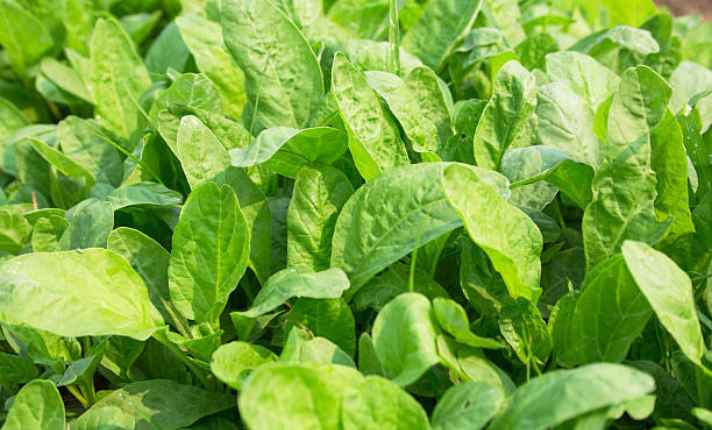
8. Swiss Chard
Swiss Chard takes different nutrients from the soil, helping both plants thrive. Swiss Chard’s shallow roots don’t compete with cauliflower’s roots.
It attracts beneficial insects, which fight off pests, creating a peaceful garden area. Planting Swiss Chard extends garden space and boosts nutrients, making the garden healthier.
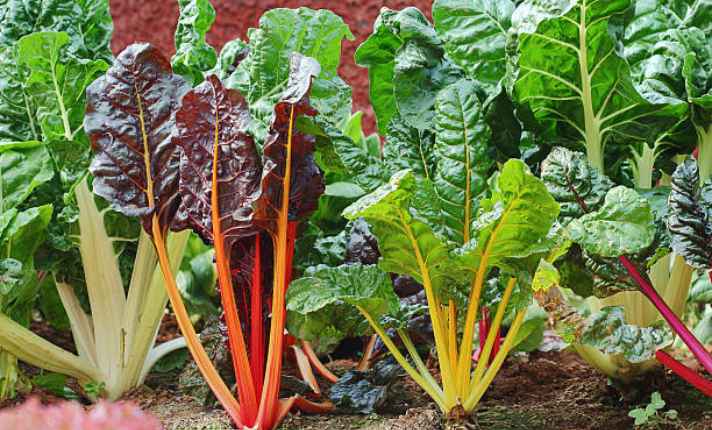
9. Thyme
Thyme is a wonderful herb that helps your garden in many ways. It has a strong aroma that can mask the scent of cauliflower and keep bugs away.
Most pests like maggots, earworms, hornworms, and mosquitoes don’t like the smell of thyme.
This makes it great to plant around the edges of your brassica bed where the soil is dry and conditions are tough. Plus, thyme can act as ground cover, keeping weeds down and roots cool.
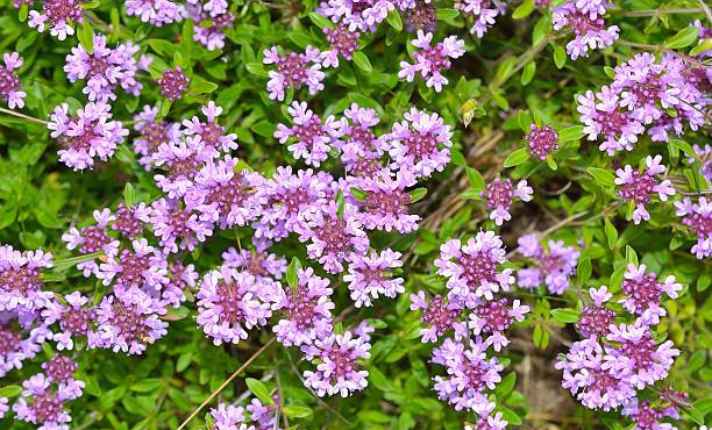
10. Yarrow
Planting yarrows in vegetable gardens with cauliflower and other brassicas is smart.
Its broad, flat blooms in ornamental beds attract pollinators and predatory insects like ladybugs, lacewings, and hoverflies that control common cauliflower pests.
This hardy perennial herb shields plants from destructive insects and improves soil health by accumulating nutrients from deep in the soil and bringing them to the surface.
Companion plants like yarrow create a diverse ecosystem with beneficial insects, including predatory wasps.

11. Radishes
Radishes are a fantastic vegetable to have in your garden because they are fast-growing and can be planted alongside cauliflower. They act as a trap crop to deter pests like cabbage worms, which helps protect your main crop.
Planting radishes in cool weather, like spring and autumn, can fill up empty space at the base of your cauliflower plants. Some radishes mature in just 21 days, making them an excellent companion plant that’s also edible.

Plants to Avoid Planting Near Cauliflower
When planning your garden, remember certain plants are bad companions for cauliflower. Some plants to avoid include tomatoes and strawberries. These are considered poor companions because they can cause several problems for your cauliflower.
In my experience, I once planted tomatoes next to my cauliflower, and it really affected its growth.
1. Strawberries
Strawberries and cauliflower shouldn’t be planted together because they share diseases like verticillium wilt and black rot. These fungal problems affect both plants, causing yellowing leaves and wilted stems.
Strawberries also attract slugs that cause further havoc. They prefer slightly acidic soil, while cauliflower likes more alkaline soil, leading to competition and poor growth for both crops.

2. Tomatoes
When it comes to tomatoes and cauliflower, it’s best not to plant them nearby. Both plants have similar growing conditions and are heavy feeders that need lots of nutrients from the soil.
This means they will be competing for those nutrients, which can lead to stunted growth and smaller yields.
Additionally, tomatoes can attract pests like aphids and whiteflies, causing more problems for the cauliflower and resulting in poor outcomes for both plants.
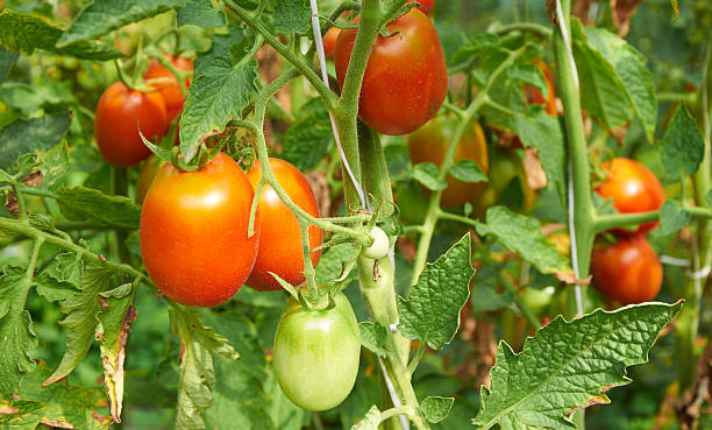
3. Other Brassicas
When planting cauliflower, it’s important to know it belongs to the brassica family, which includes cabbage, broccoli, and Brussels sprouts.
Growing these crops together can be risky because they can share soil-borne diseases like clubroot and attract the same pests, such as cabbage worms.
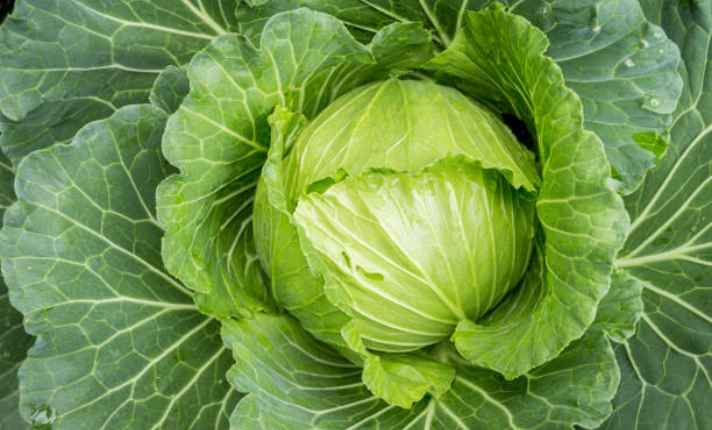
Tips for Successful Companion Planting with Cauliflower
Companion planting is a great way to help your cauliflower plants thrive. By planting certain plants together, you can improve their growth and protect them from pests and diseases.
Here are some tips to make your companion planting successful:
Preparing the Soil
- Ensure your cauliflower is in healthy, nutrient-rich soil with good drainage.
- Compost and manure can boost the nutrient content of the soil.
Choosing the Right Location
- Choose a location that gets full sun and has good air circulation.
- Plant cauliflower in cool temperatures during spring or fall.
Proper Spacing
- Space your cauliflower plants properly, leaving enough room in the rows for each plant to access resources and moisture.
Proper Watering Techniques
- Keep the soil consistently moist but not waterlogged.
- Avoid overhead watering to reduce the risk of disease.
- Water at the base of the plants using a soaker hose or drip irrigation system.
- Collect and use rainwater from a water butt to water your garden.
Fertilization and Pest Management
- Cauliflower is a heavy feeder and needs regular fertilization with a balanced fertilizer high in nitrogen.
- Watch out for pests like cabbage worms, flea beetles, and clubroot.
- Use row covers to protect your plants and rotate crops each year to avoid pest and disease buildup.
Monitoring and Maintenance
- Regularly check your garden bed for soil moisture and remove any weeds.
- Look for signs of pest infestation and take immediate action if you notice any problems.
- Rotate your crops, planting legumes like peas or beans in between cauliflower seasons to add nitrogen-fixing properties to the soil.
Avoid Overcrowding
- Give each plant enough space to avoid overcrowding and ensure they get enough nutrients and moisture.
- Follow the spacing guidelines on the seed packet or plant tag for each variety.
- Use a moisture meter to ensure the soil stays at the right moisture level.
Watering and Harvesting
- Watering is crucial, aiming for about an inch of water per week.
- Be mindful of the watering needs to avoid root rot and other issues.
- By following these successful companion planting tips, you can ensure a healthy harvest of cauliflower.
FAQ’s
Q: Where Is the Best Place to Plant Cauliflower?
A: For the best results, plant seeds ¼-½ inch deep in a sunny location with fertile, well-drained soil. Incorporate plenty of organic matter and a complete fertilizer into the area before planting.
Make sure to start planting about 2-3 weeks before the last frost of the cool season as this vegetable prefers these conditions to grow well.
Q: What Are the Best Conditions for Growing Cauliflower?
A: To grow cauliflower successfully, ensure the soil is well-drained yet moisture-retentive. The soil should be fertile with a pH of 6 to 7.
For the best cauliflower crop, start with ideal garden soil. Apply necessary nutrients like potassium (K) and phosphorus (P) according to soil test recommendations.
Q: What Is the Best Fertilizer for Cauliflower?
A: To help your cauliflower grow strong, use the best fertilizer. Cauliflower is a heavy feeder and needs fertilizers rich in nitrogen.
I recommend an organic liquid fertilizer like fish emulsion, as it won’t cause nitrogen burn like chemical ones can. Regularly apply this to keep your plants healthy.
Q: Is Cauliflower Self Pollinating?
A: Cauliflower has a unique flower structure that makes self-pollination challenging. This crop is often cross-pollinated to produce different varieties and seeds under certain conditions.
In my garden, I’ve seen that cauliflower does not freely self-pollinate due to its nature.
Q: Does Cauliflower Regrow After Cutting?
A: When you cut the head of a cauliflower plant, it will continue to grow. Give it 1–1.5 inches of water once a week to maintain its healthy state, along with normal rainfall.
Harvest the florets as they grow, and you’ll have plenty of fresh cauliflower.
Conclusion
Planting cauliflower with the right companion plants makes your garden healthier and more productive. Companion planting helps deter pests like cabbage moths and reduces the need for chemical fertilizers and pesticides, improving your health and the environment.
Gardening this way is very rewarding, as it can improve the yields of your vegetable garden and make growing crops more enjoyable.
